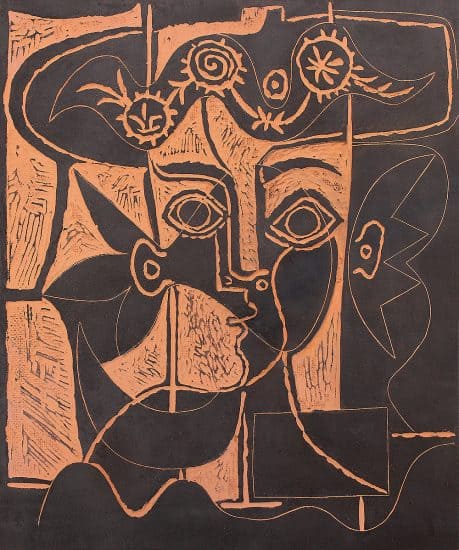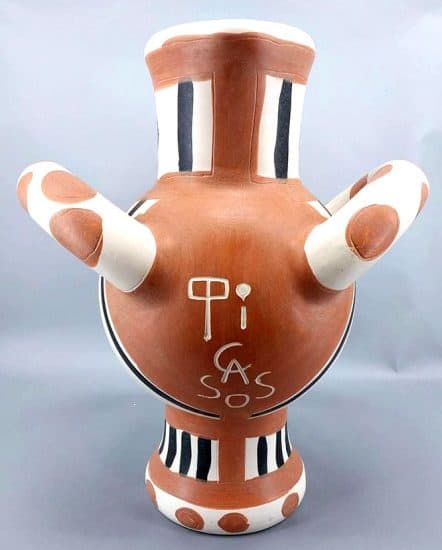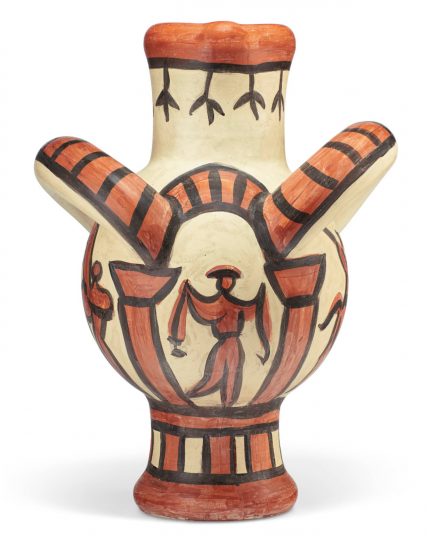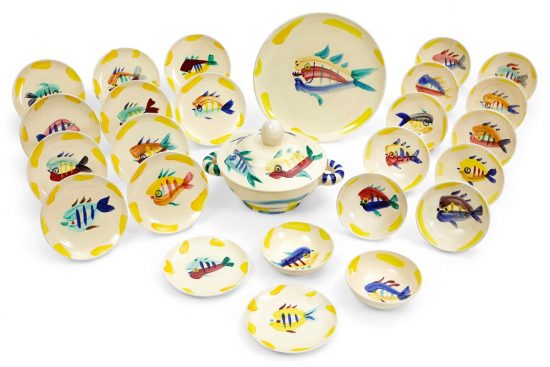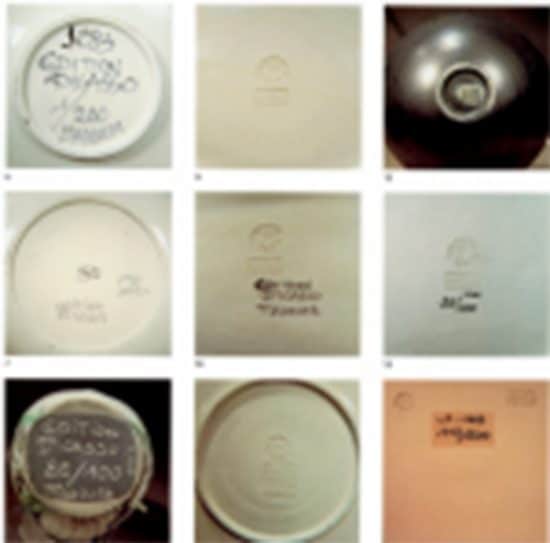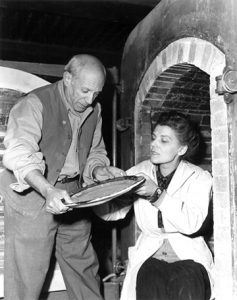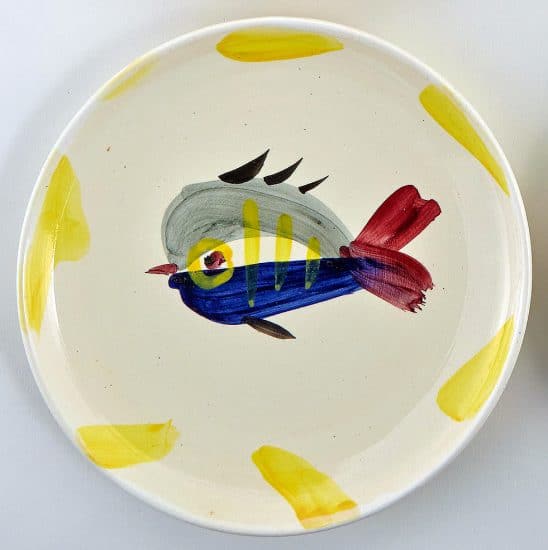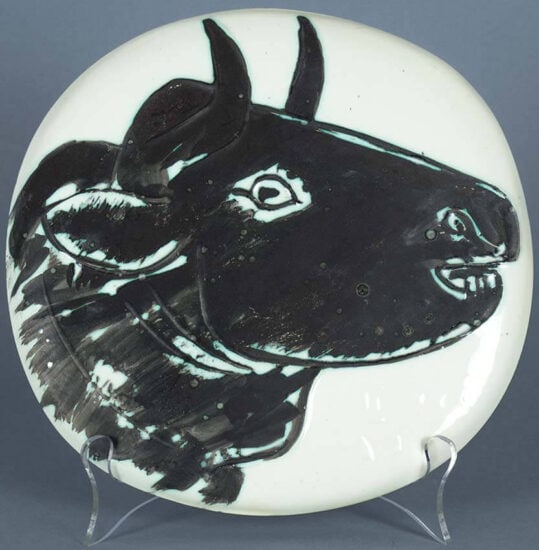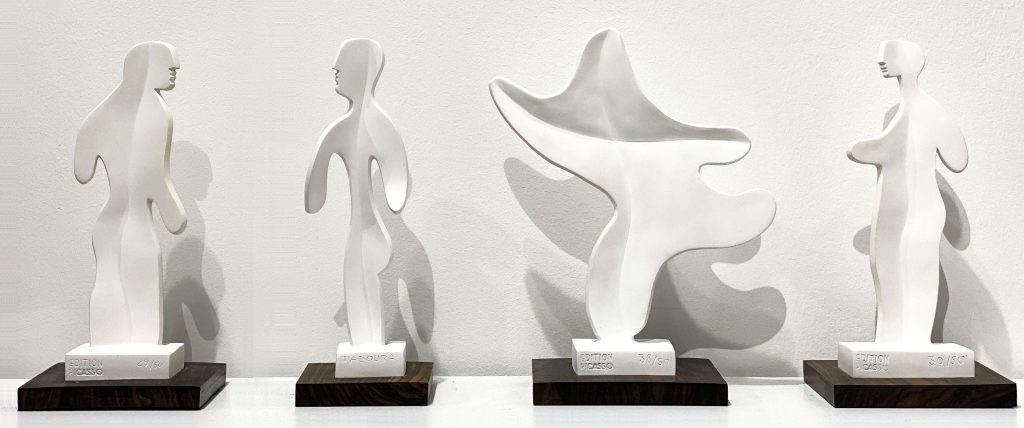
In 1947, shortly after the war, the collaboration with the Madoura studio began, and this is where he made his much loved Picasso ceramics. He painted approximately 4,000 pieces in this period, most of which are in the private collection of friends and family. During this immensely productive period, the master designed 633 ceramic editions alongside a number of unique pieces. He relied on two techniques to create the edition ceramic works. In one, he would painstakingly replicate the original object by hand as closely as possible. His second technique was much less demanding, for this he created original images in dry clay molds and transferred the image onto fresh clay. Originally, collecting these were seen as gathering tourist souvenirs. Many critics were concerned by his venturing into mass producing his artworks with Picasso's pottery works. Nevertheless, their initial hesitation bears no ill effect on the Picasso ceramic market today. Currently Picasso ceramics range from $2,000-$80,000, making them especially accessible to new buyers, with more rare and unique pieces ranging from $100,000 to over $1,000,000.
In fact, Picasso ceramics (also called "Picasso Madoura ceramics" after the studio, or "Picasso pottery") are a pretty safe bet in today’s art market. In 2015, a Sotheby’s sale dedicated to these ceramics raised $2.5 million in auction sales. The ceramics have also become increasingly popular in museum exhibitions. For instance, in 2013 the Art Institute of Chicago staged the exhibition Picasso and Chicago which included ceramics from collections around the city.
Given the wide range of ceramics, aspiring and seasoned collectors must refer to the following guidelines in considering which works have the best value.
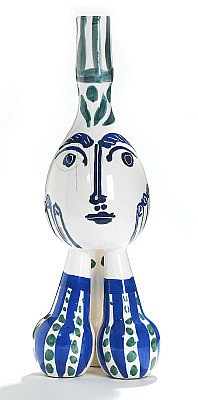
1. Examine the Stamps and Inscriptions
Picasso ceramics features several stamps and markings on the underside. The most common stamps are ‘Madoura plein feu’ , ‘ Empreinte originale de Picasso’ and ‘Edition Picasso’. The stamps refer to the techniques the artist used in creating a certain piece. For instance, Empreinte Originale de Picasso signifies that Picasso created the work by transferring the original image onto a new piece of clay. The ‘Madoura plein feu’ stamp simply indicates that the ceramic was created within the Madoura studio and documented by the Ramiés.
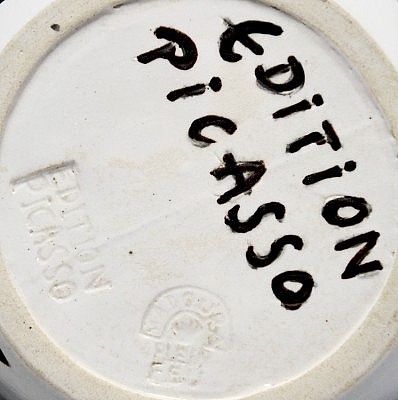
2. Pay Attention to the Edition Number
Edition Picasso ceramics are made in multiples of 25 to 500. The edition number can be found on the underside of the ceramic. Edition numbers reveal how early the piece was created. For instance, a work numbered 1/500 was created much earlier than another work numbered 500/500. In general, earlier numbers are considered to be more valuable. However, these earlier editions are also more likely to be damaged from aging. Keep in mind when collecting Picasso ceramics that the more limited the edition, the higher the value and price.
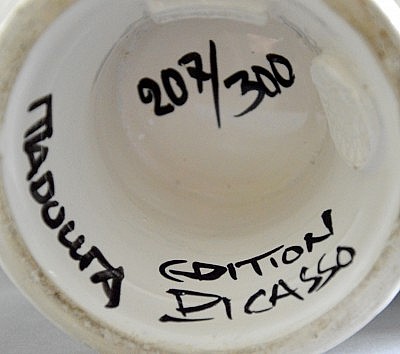
3. Inspect the Condition
To assess the condition, it is important to know the date a ceramic was made. It is much more difficult to find an earlier work in perfect condition. Another thing to keep in mind is the production process. Picasso’s ceramics vary from glazed and partially glazed to unglazed. Be prepared to differentiate between damage and imperfections from the production. In many cases cracks and imperfections which form on the glaze may very well be part of the final work.
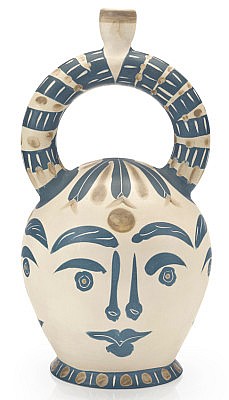
4. Consider the Subject Matter
While the ceramic pieces maintain Picasso’s iconic style, subject matter is also important when choosing the right piece. Pieces which feature bulls, fish and Jacqueline Roque are more popular with collectors and therefore higher in price. Minotaurs, owls and birds are also quite popular.

5. Recognizing Personal Style
Personal preference and style should be the main point of consideration. Prior to purchasing a ceramic, decide what motif or color best suits the room. Since the ceramics also vary in size and shape, consider that in the context of where it is likely to be displayed. Many collectors purchase more than one ceramic so it is good to develop an idea early on for a potential collection. Do you prefer variety over consistency? If so, purchase from different editions each time. If consistency is your goal, focus either by theme and imagery or by color. With the many designs to choose from, there is something to suit every taste.
It can be daunting in the face of such a vast body of ceramic work to find what is right for you. If that is the case, consider the elements that you value most highly in a work of art. Is the place that the ceramic falls in the edition most important? Or are you a great lover of Greek mythology who prefers to focus on the content of the scene? Other things to focus on could be the techniques employed or the aesthetic appeal of colors used.
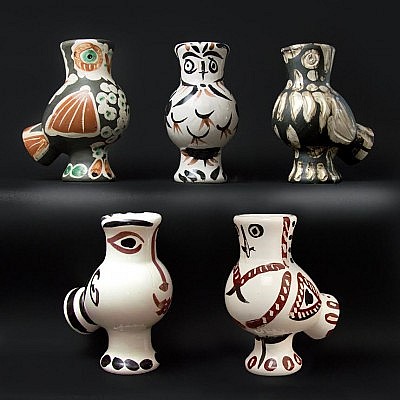
Given the wide variety of Picasso ceramics in terms of form, genre, and price, we are sure there is something for everyone to enjoy when collecting Picasso ceramics.
Curious Insight: Picasso and the Madoura Ceramic Studio: A Transformative Artistic Journey


